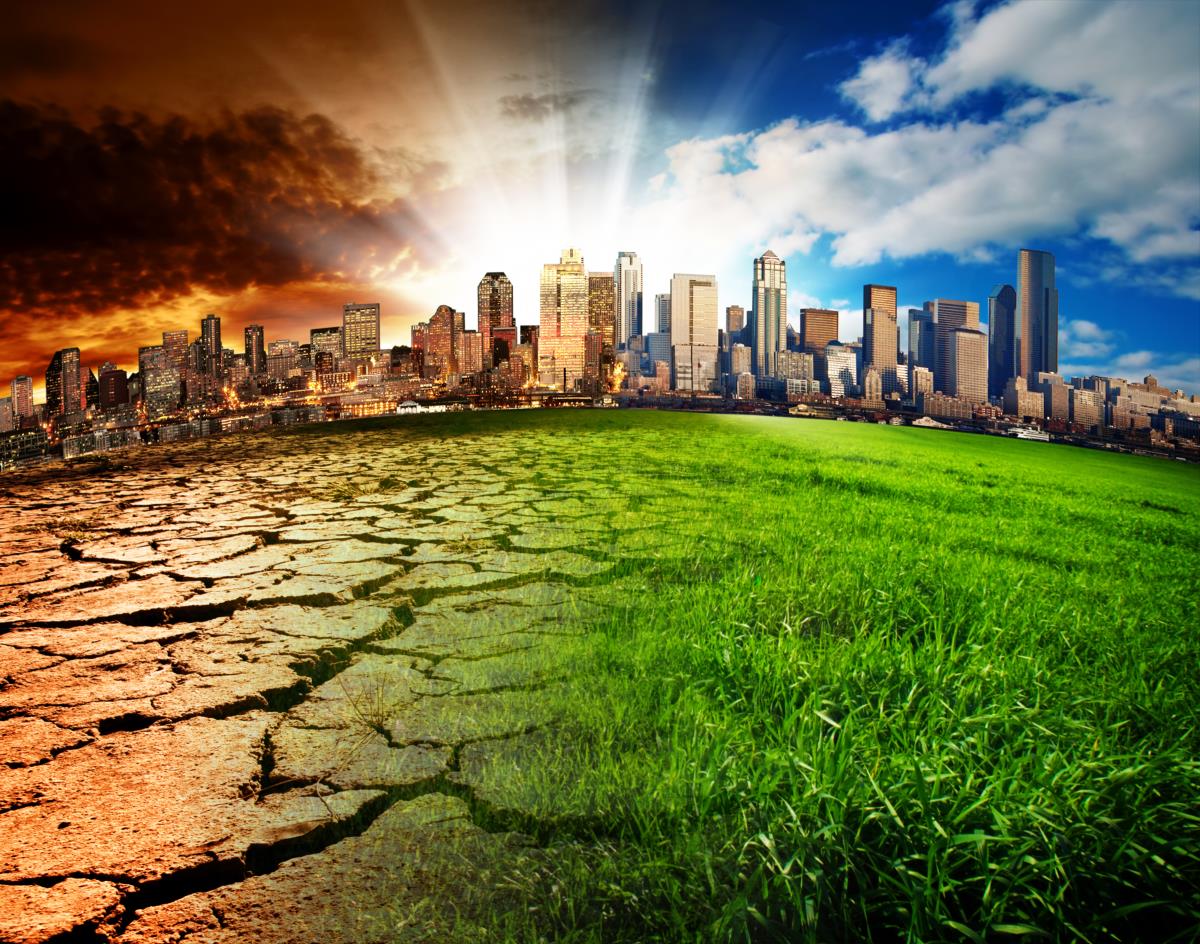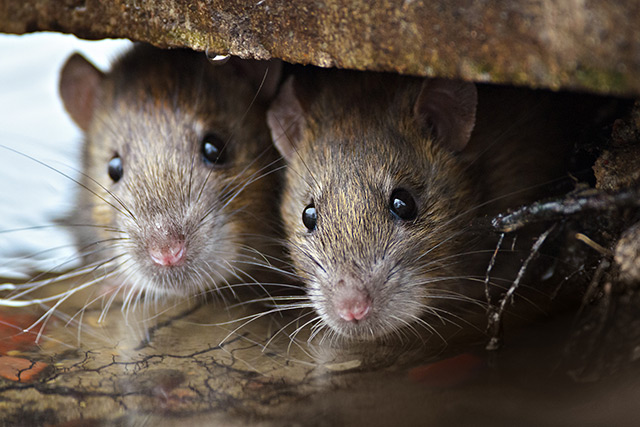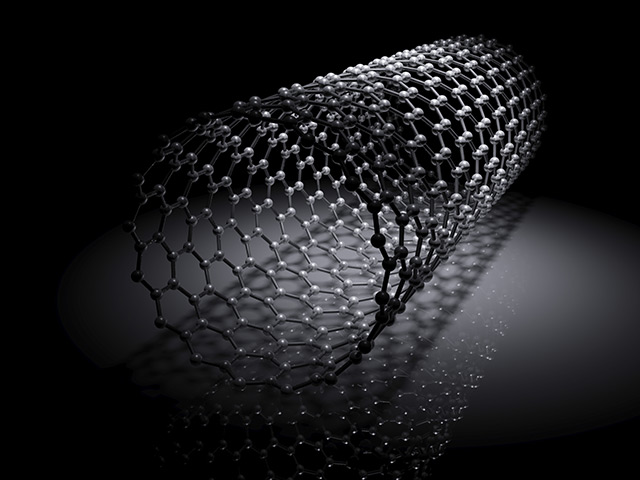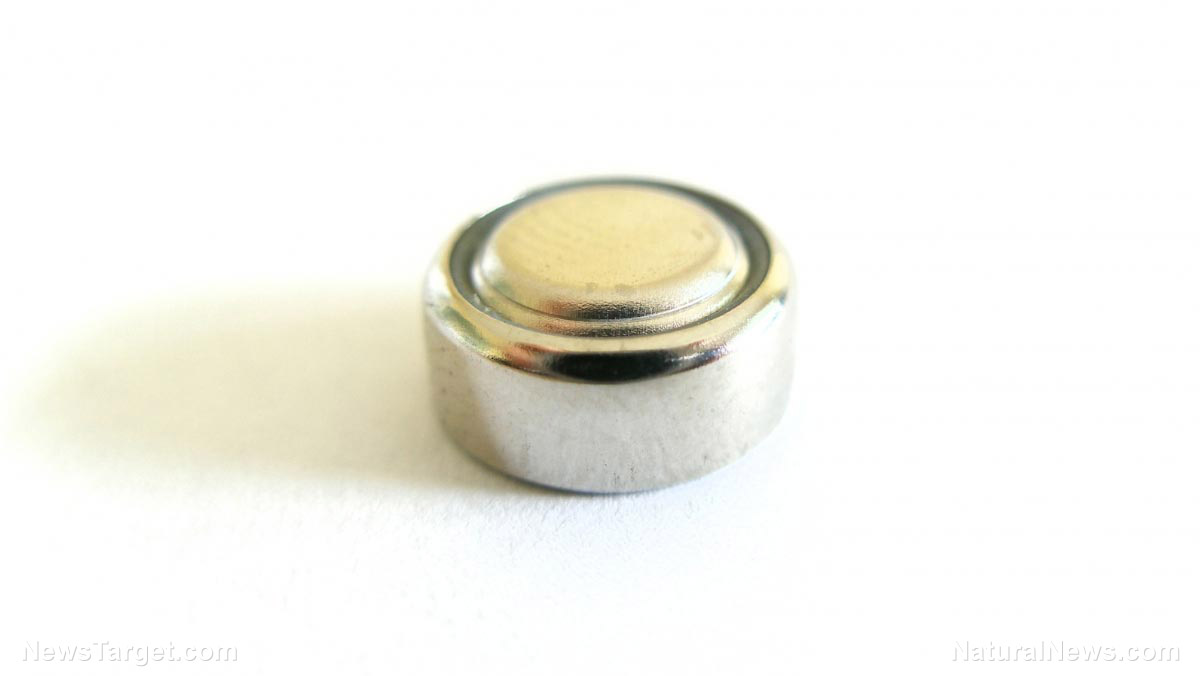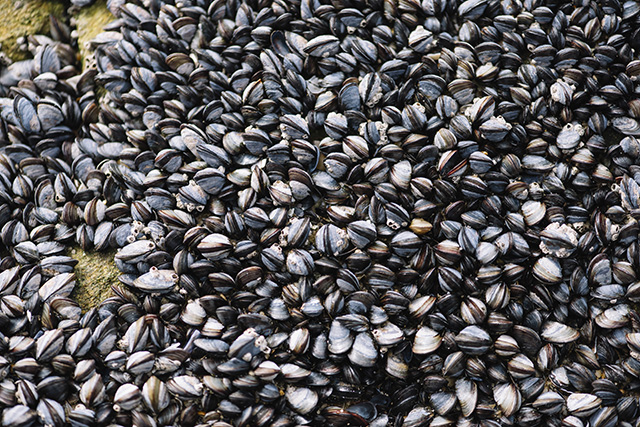Earth’s ozone hole rapidly shrinking following ban of ozone depleting chemicals
05/20/2019 / By Tracey Watson
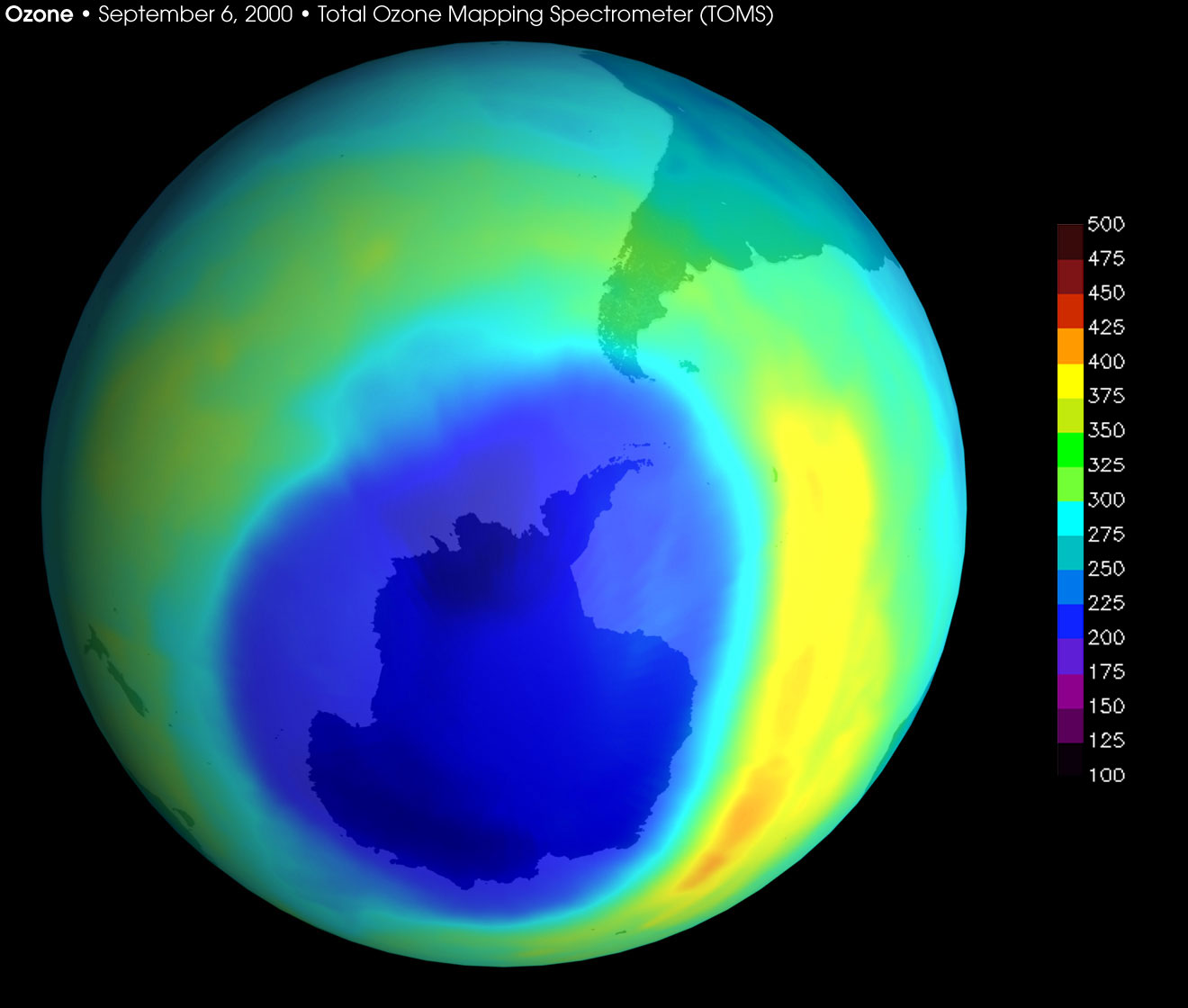
About three decades have passed since scientists made the devastating discovery that a massive hole had developed in the Earth’s ozone layer – the shield that protects us from the sun by absorbing most of its ultraviolet radiation – right over Antarctica. Recognizing the immensely dangerous potential of the situation, most of the world’s countries got together and signed the Montreal Protocol in 1987, which banned the use of chlorofluorocarbons (CFCs); man-made ozone-damaging chemicals. It would seem that their efforts have paid off, and though the hole in the ozone layer remains large (over 8 million square miles), it has stopped increasing in size, and actually seems to be shrinking.
Scientists at the Massachusetts Institute of Technology (MIT) have published a paper in the journal Science, claiming that the hole has shrunk by an impressive 4 million square kilometers (over 1.54 million square miles) since 2000, when the problem was at its most critical. Interestingly, the hole in the ozone is not static – it starts developing in late August each year, as Antarctica starts shaking off the winter, and is fully developed by the beginning of October. Ozone is depleted when three elements are perfectly positioned: Chlorine, such as that found in CFCs, or large volumes of sulfur dioxide such as is emitted by volcanoes, must be present in the atmosphere, along with the right amount of light, and a cold enough temperatures to create polar stratospheric clouds.
The MIT scientists took measurements in September each year from 2000 to 2015, and based on their data, were able to calculate that the hole had shrunk by more than 4 million square kilometers in that time. They attribute most of the improvement to the reduction in atmospheric chlorine, which was accomplished by phasing out certain dry cleaning processes, aerosol cans and older refrigerators. The study authors are hopeful that the hole will close permanently by 2050.
Their findings have been confirmed by several other scientific institutions.
In 2014, Scientific American reported on a study by the World Meteorological Organization and the United Nations Environment Program, which found that the phasing out of CFCs has indeed given the ozone layer a chance to recover, and that the hole is definitely not growing anymore.
And in 2015, The Weather Channel noted that a study by NASA scientists, published in the journal Geophysical Research: Atmospheres, had drawn the same conclusion, based on data received from the satellite Aura. Their more conservative estimates found that though the hole has consistently been about the same size since 1990 (double the size of the United States), it should shrink and remain smaller by mid-century, and should disappear completely by the turn of the next century.
This is amazing news for the planet, and shows what the human family can accomplish when it puts asides its many differences to work towards the common good.
“Science was helpful in showing the path, diplomats and countries and industry were incredibly able in charting a pathway out of these molecules, and now we’ve actually seen the planet starting to get better. It’s a wonderful thing,” said Susan Solomon, lead author of the MIT study, and a professor of atmospheric chemistry and climate science at the university. “We can now be confident that the things we’ve done have put the planet on a path to heal. Which is pretty good for us, isn’t it? Aren’t we amazing humans, that we did something that created a situation that we decided collectively, as a world, ‘Let’s get rid of these molecules’? We got rid of them, and now we’re seeing the planet respond.”
Sources for this article include:
Tagged Under: atmosphere, atmospheric chlorine, CFCs, chlorofluorocarbons, Earth, environment, green living, ozone layer, toxic chemicals
RECENT NEWS & ARTICLES
COPYRIGHT © 2017 REAL SCIENCE NEWS

